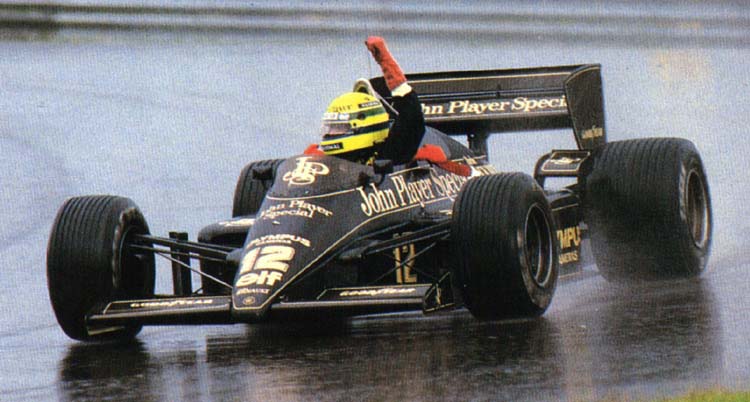- Login or Register
No account yet? Sign up
Jersey Tom wrote:Th0R wrote:I just wanted to mention that neither autodesk nor solidWorks should be used for simulation exhaust gas flow.imageTh0R wrote:I actually do not have any knowledge about autodesk cfd functionallity...
Product names can be confusing these days with so many tools on the market. When Autodesk purchased Blue Ridge Numerics last year, they chose to rename the product "Autodesk Simulation CFD". The former name was CFdesign.Th0R wrote:acutally the post before mine was aiming at solidworks. And to be honest i still doubt that autodesk cfd is that much better, i would like to see proof for that.


Why did they use a bluff body for the test? To match some previous wind tunnel model? Why not have a knife edge at the top of the diffuser?Cam wrote:Good read for CFD and the Diffuser from 2011.....

the problem with diffuser CFD is that you need all the bodywork ahead (front wing +wheels etc) to get an effective result, which is why the only proper way to run CFD is either on wing profiles, or on a full car to be effective,flyboy2160 wrote:Why did they use a bluff body for the test? To match some previous wind tunnel model? Why not have a knife edge at the top of the diffuser?Cam wrote:Good read for CFD and the Diffuser from 2011.....
It seems to me that the bluff body flow - the antithesis of what the F1 cars are trying to do - would interfere with the most accurate evaluation of the diffuser flow. But I've never run diffuser CFD...
i complelely disagree.N12ck wrote:..
the problem with diffuser CFD is that you need all the bodywork ahead (front wing +wheels etc) to get an effective result, which is why the only proper way to run CFD is either on wing profiles, or on a full car to be effective,

If you want to develop a diffuser accurately you need to have the bodywork aswell, you can make a generic diffuser which is optimized as a basic diffuser using your methods as discussed, but to optimize a diffuser for a particular car you do need the bodywork ahead of the diffuser, to know fully how the air interacts with the diffuserflyboy2160 wrote:i complelely disagree.N12ck wrote:..
the problem with diffuser CFD is that you need all the bodywork ahead (front wing +wheels etc) to get an effective result, which is why the only proper way to run CFD is either on wing profiles, or on a full car to be effective,
to get actual car downforce numbers, you may need everything ahead of the diffuser - and maybe even in a wind tunnel. but many times in engineering studies it is necessary to make simplifications (for cost or time constraints) to factors that are either too difficult to study or, if simplified, allow a reasonable study other factors.
you don't need a full up f1 car body to study certain design parameters of diffusers. there are previous studies - referred to on this forum - that appear valid and that use a simplified body ahead of the diffuser.
i stick to my assertion that a flat topped body with a knife edge upper diffuser would give more representative results than the bluff body used here. not actual car downforce numbers, but enough to make some assumptions about what the diffuser should look like as a guide for more detailed studies.
From the abstract and a skim read of the paper:flyboy2160 wrote:Why did they use a bluff body for the test? To match some previous wind tunnel model? Why not have a knife edge at the top of the diffuser?Cam wrote:Good read for CFD and the Diffuser from 2011.....
It seems to me that the bluff body flow - the antithesis of what the F1 cars are trying to do - would interfere with the most accurate evaluation of the diffuser flow. But I've never run diffuser CFD...

